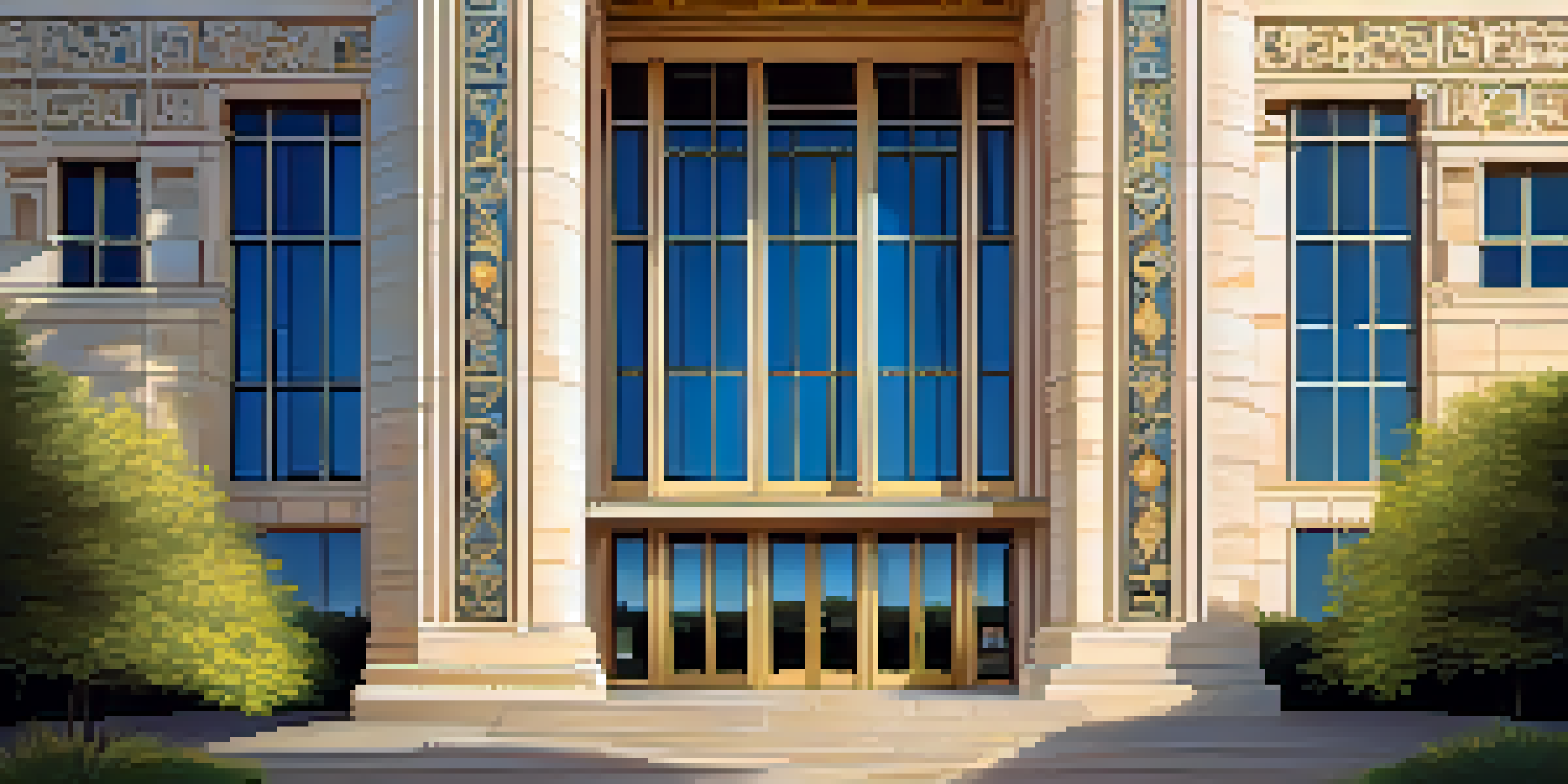The Role of Carved Stone in Modern Architectural Aesthetics

Introduction to Carved Stone in Architecture
Carved stone has a rich history that dates back to ancient civilizations. Today, it finds new expressions in modern architecture, bridging the gap between tradition and innovation. As architects seek to create unique and memorable spaces, carved stone offers a tactile and visual quality that many materials simply cannot match.
The Aesthetic Appeal of Carved Stone
One of the most striking features of carved stone is its aesthetic versatility. Whether it’s the intricate detailing of a Gothic cathedral or the sleek lines of a modern structure, carved stone can adapt to various styles. This quality allows architects to express their creativity while maintaining a timeless elegance.
Carved Stone Blends Tradition and Innovation
Carved stone serves as a bridge between historical craftsmanship and modern architectural design, enhancing both aesthetics and functionality.
Sustainability and Durability of Carved Stone
In an era where sustainability is key, carved stone stands out as an eco-friendly choice. It is a natural material that, when sourced responsibly, has a minimal environmental impact. Additionally, the durability of carved stone ensures that buildings maintain their beauty over time, reducing the need for frequent renovations.
Cultural Significance of Carved Stone
Carved stone often carries cultural and historical significance, linking modern structures to their geographical roots. By incorporating local stone and traditional carving techniques, architects can create a sense of place and identity. This connection to culture enhances the aesthetic value and enriches the narrative of a building.
Sustainability and Durability Benefits
As a natural material, carved stone is eco-friendly and durable, making it a sustainable choice that reduces the need for frequent renovations.
Innovative Techniques in Carving Stone
Advancements in technology have revolutionized how architects and sculptors work with stone. Computer-aided design (CAD) and CNC machines allow for precision and creativity that were previously unimaginable. This fusion of traditional craftsmanship with modern technology opens new avenues for artistic expression in stone carving.
Case Studies of Carved Stone in Modern Architecture
Several notable buildings showcase the brilliance of carved stone in contemporary design. For example, the National Museum of African American History and Culture in Washington, D.C., features intricate stonework that tells a powerful story. Such examples illustrate how carved stone can enhance not only aesthetics but also the emotional impact of architecture.
Cultural Connection in Architecture
Incorporating local stone and traditional techniques allows architects to create buildings that reflect cultural significance and local identity.
Challenges in Using Carved Stone
While carved stone offers many advantages, it isn’t without its challenges. The cost of sourcing and working with high-quality stone can be prohibitive for some projects. Additionally, the weight and structural implications of stone require careful planning and expertise during the design and construction phases.
The Future of Carved Stone in Architecture
As architectural trends evolve, carved stone is poised to remain relevant. With increasing interest in sustainable materials and a desire for unique, handcrafted elements, carved stone is likely to see a resurgence in modern design. The future may hold exciting innovations that enhance its role in architectural aesthetics.